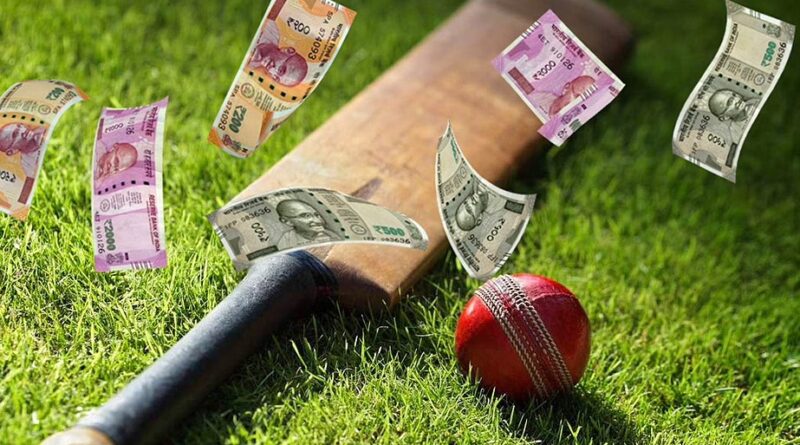How Cricket Odds Work
So, you want to bet on cricket but can’t seem to understand betting odds? Help is here. Odds are the most important factor to consider when betting on cricket. If you can understand how they work, you can become a successful punter.
Now, knowing how odds work isn’t the only trick to winning cricket bets. You also need to learn how to pick the best odds. What’s more, it’s essential to perfect your overall betting skills to win consistently.
All the same, below is a guide on how cricket odds work.
What are Cricket Betting Odds?
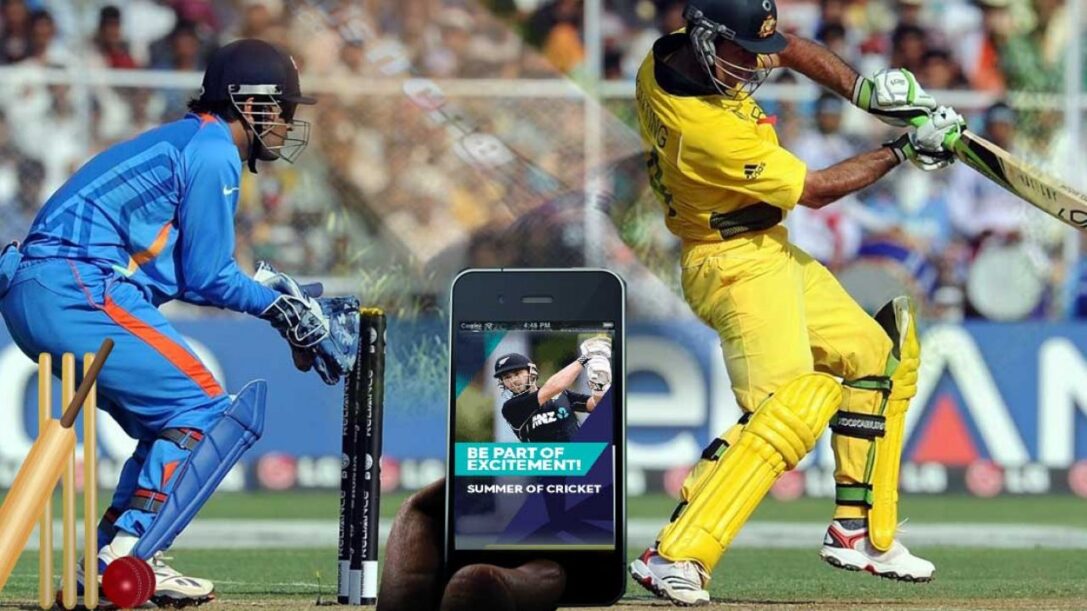
Betting odds are mathematical representations of who sportsbooks believe will win in a match. Betting companies use highly skilled odds-makers and algorithms to set odds for every game. Bookmakers display odds in one of three formats according to information by https://sportsbetting.net.in/cricket-odds/.
- Decimals
- Fractions
- Vegas/American Style
1. Decimals
Decimals are the standard way of displaying odds at major betting sites outside of the US and the UK. They are pretty straightforward. If India has 2.00 odds to beat Sri Lanka (4.70 odds), it means you win $2 for every $1 you bet on India. By comparison, you win $4.70 for every $1 you bet on Sri Lanka. In both cases, you also receive your initial stake.
Another example could be South Africa (1.5 odds) beating Australia (2.5 odds) in an ICC game. A $10 bet on SA would win you $15 while the same bet would earn you $25 by backing Australia.
2. Fractional Odds
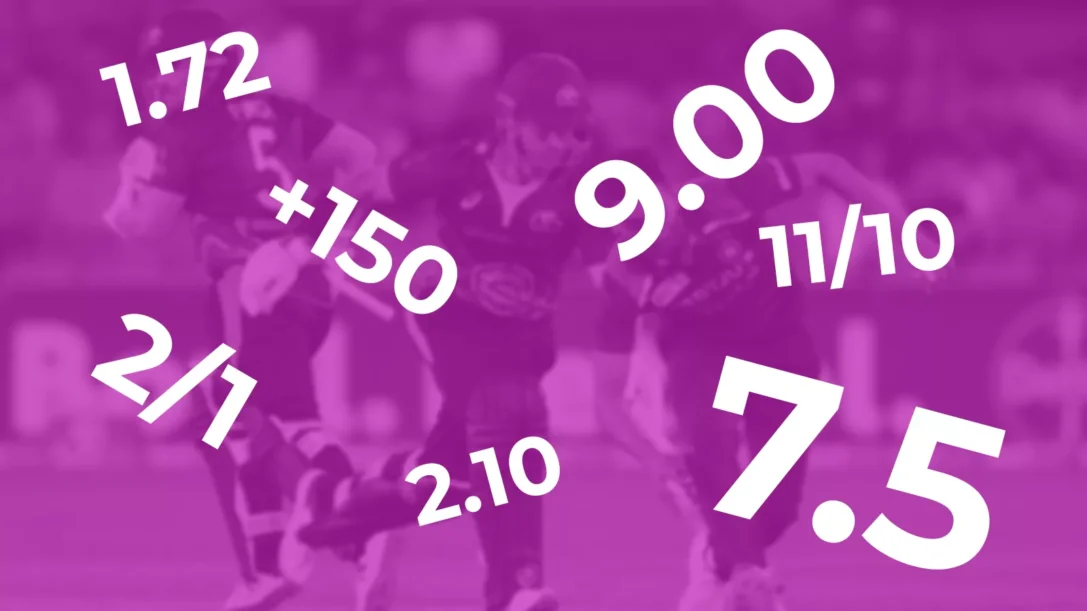
Also known as British odds, fractional odds are pretty much the same as decimal odds. With decimals, odds show you how much you win if you bet $1. Likewise, fractional odds show the same thing.
If India has 3/1 odds to beat Pakistan in cricket, you stand to win $3 for every $1 you bet on India. If the odds look complex, say 9/2, all you need is to multiply your stake by the odds to determine the expected returns.
In the example above, you $10 stake x 9/2 odds equal $45. If a team has 13/5 odds and you bet $5, your potential profit is $13 ($5 x 13/5).
3. Vegas/American Odds
Nearly every sportsbook in the US presents odds through the Vegas format. It’s based on how much you win by betting $100.
Favorite teams have odds preceded by a negative (-) sign, say -130. It means you need to bet $130 to win $100. Of course, you also get your stake back. The underdogs have odds preceded by a positive (+) sign.
For example, Germany could have +180 odds to defeat Nepal (-110 odds). In this game, Nepal are favorites to win and you would have to spend $110 to win $100 from them. By comparison, a $100 bet on Germany would earn you $180.
That being said, it’s not uncommon to find matches where both teams have odds with positive signs. Let’s say New Zealand could have +300 to win the ICC. India could have +400 odds and Australia, +500 odds.
4. Implied Probability

In the grand scheme of things, odds show you the probability of a team winning a game. Probability is often represented as a percentage. As such, you can determine the implied chance of a team winning by multiplying its odds by 100.
For example, a team with 2.00 odds has a 50% chance to win the match. That’s because 2.0 as a fraction is 2/1 and 2/1 as a percentage is 50%. If a team has 8 /1 odds, divide 8 by 1 and multiply the answer by 100, which is 80%.
Interestingly, the sum of odds in many cricket games isn’t 100%. The explanation is straightforward. All sportsbooks want to have an edge over players. They might create odds whose total implied probability equals 105% or 108%.
The extra percentage is the house edge. It guarantees the house makes a profit regardless of which team wins.
How Teams Set Cricket Odds
Earlier on, we mentioned betting sites hire highly trained people to set odds. Nowadays, they also use computer algorithms to perform the job. All the same, the algorithms have to rely on human input to determine the odds for every cricket game.
Usually, sportsbook start by determining their margin. If a company wants to make 5% from every bet, then the implied probability of a game needs to be 105%.
Once the house edge is established, next is to perform research to determine the favorite and the underdog. Bookmakers have access to loads of data from leagues and teams. In turn, they use this big data to predict the most probable outcome of a game.
Why Odds Change Frequently
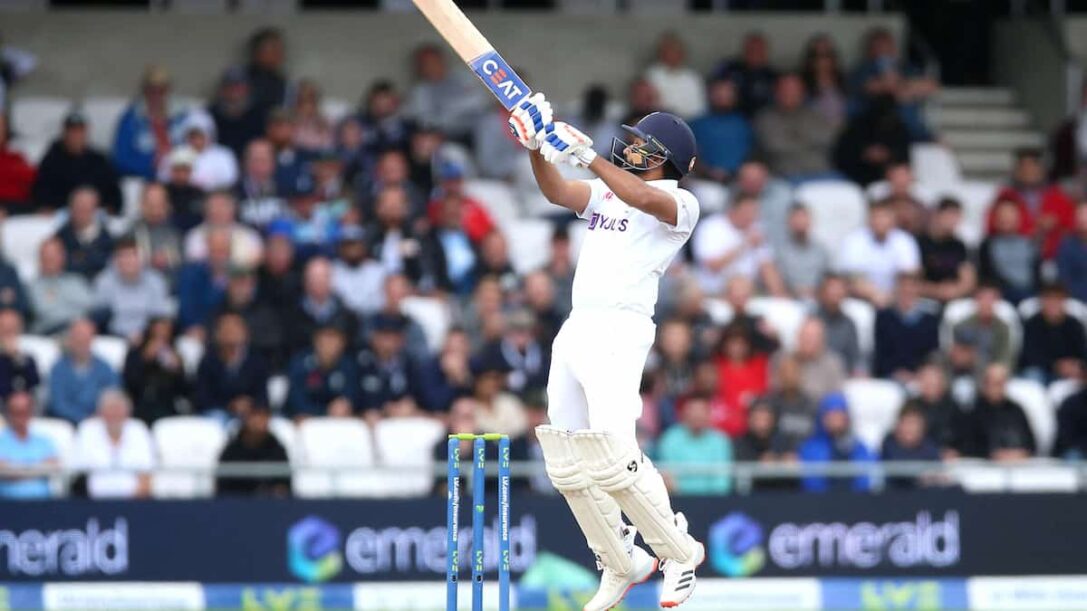
If you bet regularly, you might have noticed odds don’t remain the same for long. Mumba Indians might have 2.5 odds to beat the Delhi Capitals (2.8) in the Indian Premier League a week before the game starts.
On match day, the odds could be 1.5 for Mumbai and 3.5 for the Capitals. Why do odds change? Sportsbooks rely on data provided by teams to set odds. If a team’s line up lacks two or more crucial players, its odds of winning reduce.
Factors like a coach getting fired, weather changes and injuries can also impact odds. In light of that information, it’s recommended to wait until the match day for you to bet.
Value Odds in Cricket Betting
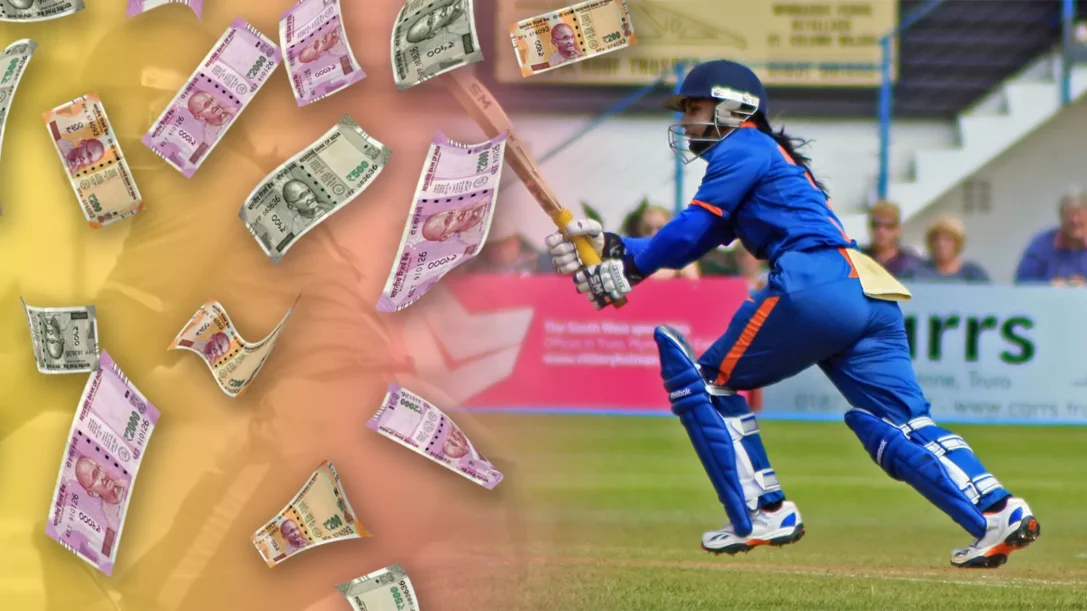
Now that you know bookies rarely provide the correct probability in any match, it’s clear not all odds are worth it. Sometimes a bookie could underrate a team and overrate its opponent for various reasons.
For example, a bookmaker might set odds based on public sentiment. This mainly happens when there’s little data to provide quality odds. In this case, you need to do extra research to find undervalued teams.
A bookmaker might not think one team will win. But this only means it has longer odds you can use to maximize your profits. Another way to find value odds is by comparing odds. Bookmakers don’t have matching odds. By comparing odds, you’ll know where you get the best returns for your money.
